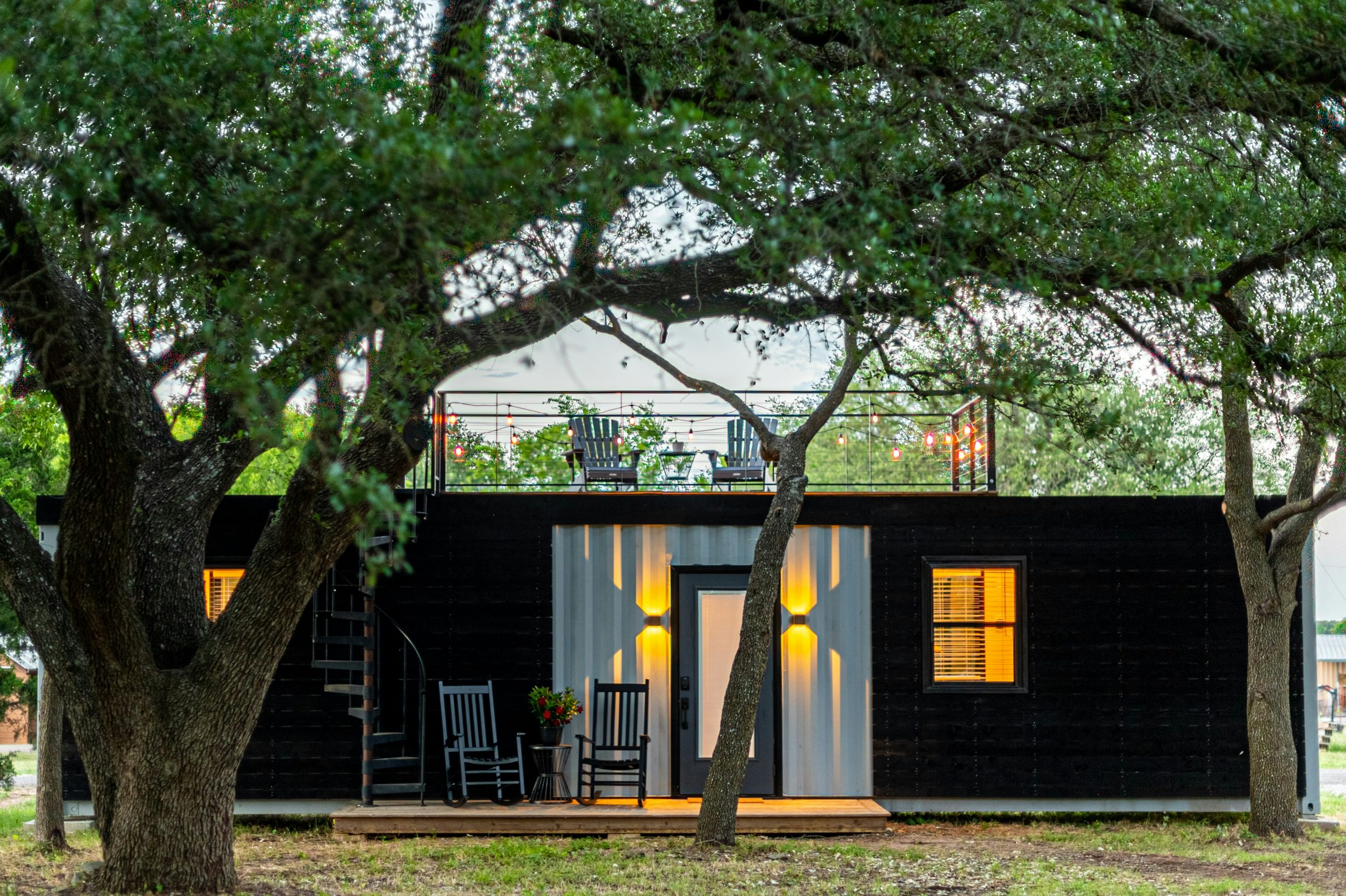It is easy to see the appeal of a shipping container conversion; they are modular, easy to build, almost infinitely modifiable, greener than conventional building materials, cheaper than a conventional build but also studier than most temporary structures.
With people on the hunt for alternative building materials and the corrugated industrial look hugely in vogue, more people than ever before are looking into using shipping containers to build homes and business structures.
However, a shipping container building is still a building, and that leads to the fundamental question of whether a converted container needs planning permission.
The answer can vary considerably, based on what it is intended to be used for, how long you intend to use it, where it is placed and whether you plan to move it in the near future.
As with any question of planning, the first course of action you should always take is to consult your Local Planning Authority to see if your plans are likely to require planning permission.
However, here are some of the factors that may affect whether you are likely to need permission or not.
Permanence
If you want to build a shipping container home, office or commercial structure, you will almost certainly need planning permission to do it and you should start planning with an application in mind before you start sourcing materials and preparing your site.
Most temporary structures will also fall under planning permissions, albeit sometimes under less restrictive terms.
The only exception to either of these rules is either an extension or additional structure built under Permitted Development Rights, or a mobile home as defined by the Caravan Act.
The types of projects you can do under Permitted Development Rights depend on the LPA, but there is a possibility that a suitably converted container could be used as a garden home.
Meanwhile, the Caravan Sites Act 1968, as amended in 2006 defines the maximum size of a caravan as 20m (65.6ft) long by 6.8m (22.3ft) wide by 3.05m (10ft) tall.
This means that a standard-size shipping container would easily meet those requirements, and as long as the design of the shipping container home was a structure fit for human habitation and capable of being moved from place to place, it could qualify as a mobile home.
With that said, every situation is unique and it is always important to check.
Appearance
The requirement for planning permission and the chances of it being granted can sometimes come down to looks. Shipping containers are distinct and industrial in appearance, which can suit some neighbourhoods and not others.
With that said, there are plenty of ways to make a shipping container harmoniously fit a particular house’s aesthetic and the right designer can make it look incredible, so sometimes all that is needed is a bit more planning.
As well as this, if you live somewhere with an Article 4 order or an area of outstanding natural beauty, you may need to modify your container to fit the environment, something that has led to some spectacular builds.

